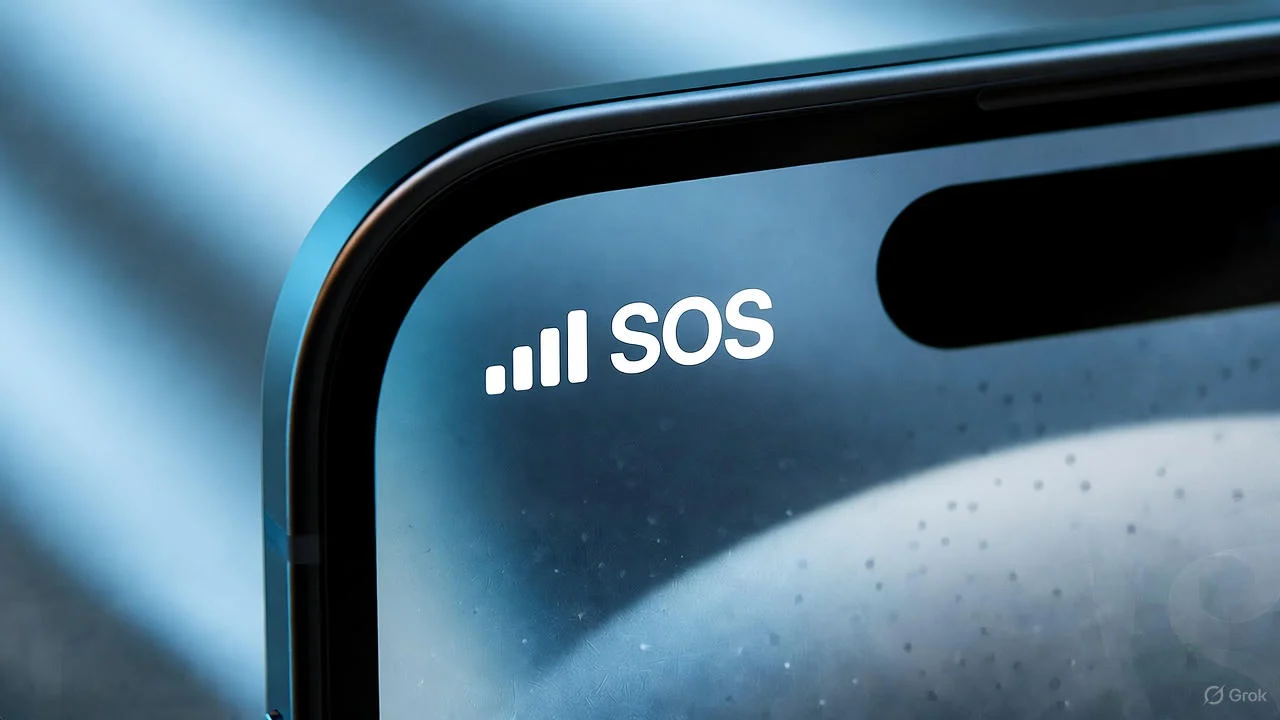Ever scrolled through a long post and thought, “Just tell me the point already”? 😅
That’s exactly where “TL;DR” comes in. From Reddit threads to emails, this little abbreviation saves everyone time by turning big paragraphs into bite-sized summaries.
If you’re reading a blog, a tweet, or a heated online debate, you’ll often see TL;DR pop up at the end — or sometimes right at the top — giving you the short version of a longer story.
Let’s decode what TL;DR really means, how it started, and how you can use it (or avoid it) like a pro online.
🧠 Definition & Meaning

TL;DR stands for “Too Long; Didn’t Read.”
It’s a quick, humorous way of saying that something was too lengthy to read in full — or that you’re providing a summary for convenience.
💬 Example:
A: “Here’s my 1,000-word explanation about coffee beans…”
B: “TL;DR — just drink espresso.” ☕
Sometimes, the writer uses TL;DR to introduce a summary of their own message, like this:
TL;DR: It’s basically a short summary for readers in a hurry.
It’s now part of everyday online language, signaling efficiency, humor, and respect for people’s time.
📜 Background & History

The term originated on early internet forums in the late 1990s and early 2000s, particularly on sites like Usenet and Reddit.
It was used by readers who didn’t want to sift through walls of text.
Over time, creators themselves began adding TL;DR sections voluntarily — a way to make their posts more accessible.
By 2010, TL;DR had become a core part of Reddit culture, where every detailed post often ends with a short, witty recap.
Now, it’s seen everywhere: on blogs, social media, emails, and even news summaries.
💬 Usage in Everyday Contexts

In texting:
“TL;DR — we’re meeting at 7 instead of 6.”
On Reddit:
“TL;DR: Cat wins internet again.” 🐱
In work emails:
“TL;DR: Launch delayed until Monday due to QA review.”
In blogging:
Writers use it to give a brief summary for readers skimming the page.
It’s friendly, efficient, and universally understood by online users — but still informal.
🧩 Common Misconceptions

- ❌ It’s not rude by itself. Tone decides whether it sounds dismissive.
- ❌ Not only for Reddit. It’s now used across all platforms, from Slack to TikTok captions.
- ⚠️ Avoid in formal documents. Instead, use “Summary” or “In short.”
⚖️ Similar Terms & Alternatives

| Term | Meaning | Common Context |
|---|---|---|
| TL;DR | Too Long; Didn’t Read | Internet summaries |
| FYI | For Your Information | Sharing quick updates |
| IMO | In My Opinion | Sharing thoughts online |
| TBH | To Be Honest | Giving honest feedback |
🧠 Pro Tip: If your audience includes professionals or clients, write “In summary” or “Quick recap” instead of TL;DR.
💡 How to Respond When Someone Says TL;DR

Casual: “Haha, fair enough — here’s the short version!”
Professional: “Here’s a concise summary below.”
Humorous: “TL;DR of my TL;DR — I talk too much.” 😄
🌍 Regional & Cultural Differences

“TL;DR” is used globally, especially in English-speaking online spaces.
In Japan and Korea, similar shorthand phrases like “요약하자면” (to summarize) or “一言で言うと” (in one word) exist, but TL;DR has also entered global internet slang as-is.
💻 Usage in Online Communities

On Reddit, TL;DR is often pinned at the bottom of long posts for clarity and humor.
On Twitter/X, users add it to threads to summarize opinions or headlines.
In Discord or Slack, it’s used by team members to recap lengthy conversations.
💬 Example:
“TL;DR: We fixed the bug. Server stable. Coffee needed.” ☕
🚫 Hidden or Offensive Meanings

TL;DR itself isn’t offensive — but using it passively or sarcastically (“TL;DR: Nobody cares”) can sound dismissive or disrespectful.
Tone and context are key. Used properly, it’s a sign of good communication.
🧑💼 Suitability for Professional Use

In the workplace, TL;DR is fine for internal chats or quick Slack messages.
For client emails or formal documents, choose more polished alternatives:
- “Summary:”
- “In short,”
- “Key takeaway:”
❓ FAQs
1. What does TL;DR stand for?
→ “Too Long; Didn’t Read.”
2. How do you use TL;DR properly?
→ Add it before or after a long message to summarize your main point.
3. Is TL;DR rude?
→ Not at all — unless used sarcastically.
4. What’s the professional alternative to TL;DR?
→ “Summary,” “Briefly,” or “In short.”
5. Where did TL;DR come from?
→ Early internet forums and Reddit culture.
🌟 Conclusion
The internet moves fast and TL;DR is how we keep up.
This small abbreviation helps writers summarize clearly and readers grasp ideas instantly.
So the next time someone drops a TL;DR in a chat or post, you’ll know they’re not being rude — they’re just cutting to the chase.
👉 TL;DR: It means “Too Long; Didn’t Read” — your shortcut to the point.



